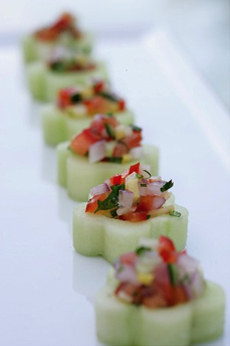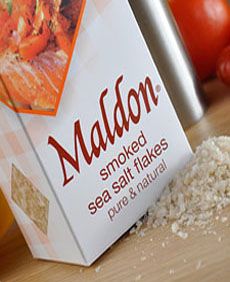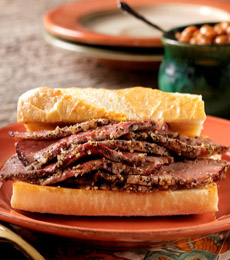|
*We especially like fresh arugula instead of bland lettuce on egg salad, chicken salad and tuna salad sandwiches, and melted into a grilled cheese sandwich. Here’s recipe for Colby-Jack Panini With Honey Glazed Ham & Lemony Arugula.
PESTO. Make pesto with arugula instead of basil. You can use the pesto as a crostini topping, pasta sauce or sandwich spread—straight or mixed with mayonnaise or fat-free Greek yogurt. More about pesto.
PIZZA. Vary the classic Margherita pizza by switching out the fresh basil for arugula.
QUICHE & CHEESE TARTS. Arugula goes well with cheese, ham, and pears. Here they all combine in this Cheese, Arugula, Prosciutto & Pear Tart recipe.
RICE. Mix arugula pesto into cooked rice or other grains. Or try this recipe for Basmati Rice Salad With Prosciutto, Arugula & Fresh Orange.
SALAD. Beyond a mixed green salad, add some of these ingredients to an arugula salad: blue cheese, chickpeas, feta, goat cheese, grilled mushrooms, pears, pecans, watermelon (with or without one of the cheeses), strawberries. We like a balsamic vinaigrette: The round sweetness of balsamic vinegar is a nice counterpoint to the spice of the greens. Add arugula to a Caprese salad, with or without the basil. For something sophisticated, try this recipe for Scallop & Bacon Salad With Arugula.
SAUTÉED. Like sautéed spinach, sautéed arugula is a delicious side. In a frying pan, heat a chopped garlic clove and a tablespoon of olive oil for 45 seconds. Add the arugula and stir for about a minute, until the leaves wilt.
SOUP. Spice up broccoli, cucumber, spinach, watercress or zucchini soup by mixing in some arugula. You can also use a chiffonade of raw arugula as a garnish for almost any soup.
If you have a favorite use for arugula, please let us know!
Find more of our favorite vegetable recipes.
|





